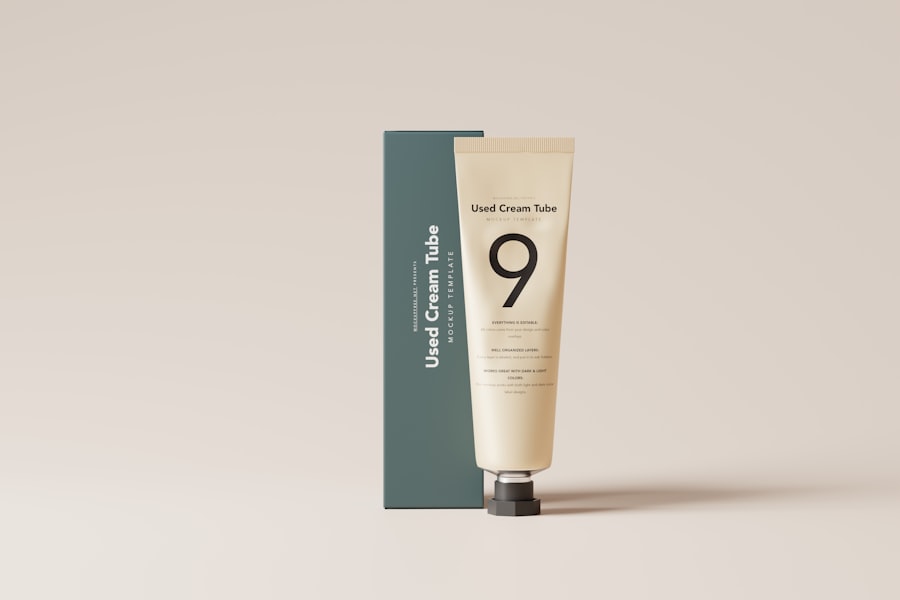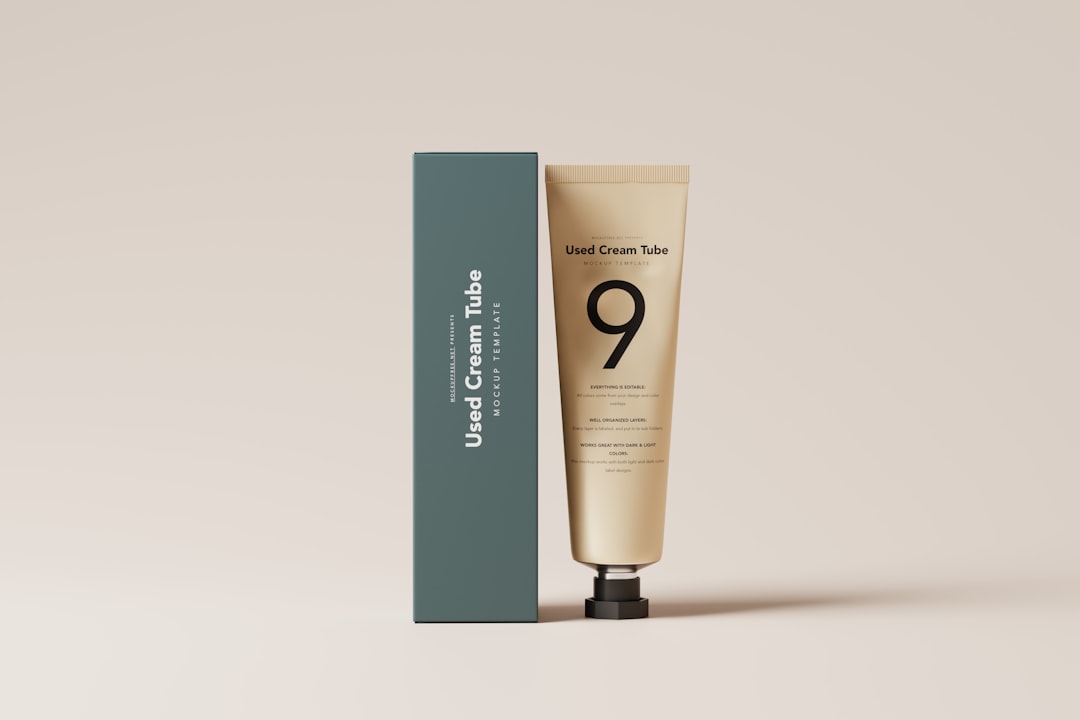As you embark on your journey toward smoother skin, preparing for laser hair removal is a crucial first step. Before your appointment, it’s essential to schedule a consultation with a qualified practitioner. During this meeting, you’ll discuss your hair removal goals, medical history, and any medications you may be taking.
This is your opportunity to ask questions and address any concerns you might have about the procedure. Understanding the technology behind laser hair removal and how it works on your skin type will help you feel more at ease as you move forward. In the days leading up to your treatment, there are several important preparations to consider.
First, avoid sun exposure and tanning beds, as tanned skin can increase the risk of complications during the procedure. Additionally, refrain from waxing or plucking hair in the treatment area for at least four weeks prior to your appointment. Shaving is typically recommended, as it allows the laser to target the hair follicles effectively without interfering with the surrounding skin.
By following these guidelines, you’ll set yourself up for a successful laser hair removal experience.
Key Takeaways
- Shave the treatment area before laser hair removal to ensure the best results
- Apply aloe vera gel or cold compress to soothe any discomfort or redness after treatment
- Use sunscreen with SPF 30 or higher to protect your skin from sun exposure after laser hair removal
- Moisturize your skin regularly to keep it hydrated and prevent dryness
- Avoid hot showers, saunas, and exfoliating products for at least 24 hours after treatment
Post-Treatment Care Instructions
Once your laser hair removal session is complete, it’s vital to follow post-treatment care instructions to ensure optimal results and minimize any potential side effects. Immediately after the procedure, you may notice some redness or swelling in the treated area, which is entirely normal. To soothe your skin, apply a cool compress or ice pack for short intervals.
This can help alleviate discomfort and reduce inflammation. Your practitioner may also recommend a gentle moisturizer or soothing gel to keep the area hydrated and calm. In the days following your treatment, it’s essential to keep the treated area clean and avoid any harsh products that could irritate your skin.
Opt for mild cleansers and avoid exfoliating scrubs or chemical peels for at least a week. Additionally, refrain from engaging in activities that may cause excessive sweating, such as intense workouts or hot baths, as these can exacerbate irritation. By adhering to these post-treatment care instructions, you’ll promote healing and enhance the effectiveness of your laser hair removal.
Managing Discomfort and Redness
Experiencing some discomfort and redness after laser hair removal is common, but there are effective strategies to manage these sensations. If you find that the treated area feels sensitive or tender, over-the-counter pain relievers like ibuprofen or acetaminophen can provide relief. Always follow the recommended dosage instructions and consult with your practitioner if you have any concerns about medication interactions or side effects.
In addition to medication, consider using topical treatments designed to soothe irritated skin. Aloe vera gel or creams containing hydrocortisone can help reduce inflammation and provide a cooling effect. Applying these products gently and sparingly will help you avoid further irritation while promoting healing.
Remember that while some redness is expected, it should gradually subside within a few days. If you notice persistent discomfort or unusual symptoms, don’t hesitate to reach out to your practitioner for guidance.
Protecting Your Skin from Sun Exposure
| Factors | Recommendations |
|---|---|
| Sunscreen | Use a broad-spectrum sunscreen with SPF 30 or higher |
| Clothing | Wear protective clothing, such as long-sleeved shirts and wide-brimmed hats |
| Shade | Seek shade during peak sun hours (10am-4pm) |
| Sunglasses | Wear sunglasses that block both UVA and UVB rays |
| Avoid tanning beds | Avoid using tanning beds, as they emit harmful UV radiation |
One of the most critical aspects of post-laser hair removal care is protecting your skin from sun exposure. After treatment, your skin may be more sensitive to UV rays, making it essential to take precautions to prevent sunburn or pigmentation changes. For at least four weeks following your session, avoid direct sunlight on the treated area as much as possible.
If you must be outdoors, wearing protective clothing such as long sleeves or wide-brimmed hats can provide an extra layer of defense. In addition to physical barriers, applying a broad-spectrum sunscreen with an SPF of 30 or higher is crucial. Look for a sunscreen that offers protection against both UVA and UVB rays, and reapply it every two hours if you’re spending extended time outside.
This proactive approach will not only safeguard your skin but also enhance the results of your laser hair removal by preventing any potential discoloration or irritation caused by sun exposure.
Moisturizing and Hydrating Your Skin
Keeping your skin moisturized and hydrated after laser hair removal is essential for promoting healing and maintaining its overall health. After treatment, your skin may feel dry or tight due to the effects of the laser. To combat this, incorporate a gentle moisturizer into your daily skincare routine.
Look for products that are fragrance-free and formulated for sensitive skin to minimize the risk of irritation. In addition to topical moisturizers, consider increasing your water intake to help hydrate your skin from within. Staying well-hydrated not only benefits your skin but also supports overall health and wellness.
Aim for at least eight glasses of water a day, and adjust based on your activity level and climate conditions. By prioritizing hydration both externally and internally, you’ll create an optimal environment for your skin to recover and thrive after laser hair removal.
Avoiding Certain Activities and Products

After undergoing laser hair removal, it’s important to avoid specific activities and products that could hinder your recovery process or lead to complications. For instance, refrain from swimming in pools, hot tubs, or natural bodies of water for at least a week post-treatment. These environments can expose your skin to bacteria and irritants that may increase the risk of infection or irritation.
Additionally, steer clear of harsh skincare products that contain retinoids, alpha hydroxy acids (AHAs), or beta hydroxy acids (BHAs) for at least two weeks following your session. These ingredients can be too aggressive for freshly treated skin and may cause further irritation or sensitivity. Instead, focus on using gentle cleansers and soothing moisturizers until your skin has fully healed.
By being mindful of these restrictions, you’ll support a smoother recovery process and enhance the effectiveness of your laser hair removal.
Following Up with Your Dermatologist
Maintaining open communication with your dermatologist after laser hair removal is essential for ensuring the best possible outcomes. Schedule a follow-up appointment as recommended by your practitioner to assess how your skin is healing and discuss any concerns you may have experienced since the treatment. This visit provides an opportunity for you to ask questions about what to expect in terms of hair regrowth and any additional sessions that may be necessary.
During this follow-up appointment, be sure to share any side effects you may have encountered, such as prolonged redness or discomfort. Your dermatologist can offer tailored advice on how to manage these issues effectively and determine if any adjustments are needed in your treatment plan moving forward. By staying engaged with your healthcare provider throughout this process, you’ll be better equipped to achieve optimal results from your laser hair removal experience.
Long-Term Maintenance and Touch-Up Sessions
As you enjoy the benefits of laser hair removal, it’s important to understand that long-term maintenance may be necessary to achieve lasting results. While many individuals experience significant hair reduction after their initial sessions, some may require touch-up treatments over time to address any regrowth or fine hairs that may appear. Your dermatologist will help you determine an appropriate schedule for these maintenance sessions based on your individual needs.
Incorporating touch-up sessions into your routine can help ensure that you maintain smooth skin without the hassle of traditional hair removal methods. Typically, these sessions are spaced several months apart but can vary depending on factors such as hair type and growth patterns. By committing to this long-term maintenance plan, you’ll not only enjoy the immediate benefits of laser hair removal but also ensure that those results last well into the future.
Embracing this journey will empower you with confidence in your skin while freeing you from the constant cycle of shaving or waxing.
After undergoing leg laser hair removal, it is crucial to follow proper aftercare instructions to ensure optimal results. One helpful resource for learning about post-treatment care is the website In Laser Hair Removal. This site offers valuable information on how to care for your skin after laser hair removal, including tips on moisturizing, avoiding sun exposure, and managing any potential side effects. By following these guidelines, you can help maintain smooth, hair-free legs for longer periods of time.
FAQs
What is leg laser hair removal aftercare?
Leg laser hair removal aftercare refers to the steps and precautions that should be taken after undergoing a laser hair removal treatment on the legs. This includes caring for the treated area to ensure proper healing and to minimize any potential side effects.
What are some common aftercare tips for leg laser hair removal?
Common aftercare tips for leg laser hair removal include avoiding sun exposure, wearing loose clothing, avoiding hot showers and baths, applying soothing creams or aloe vera gel, and avoiding excessive sweating or strenuous exercise for a few days after the treatment.
How long does it take for the skin to heal after leg laser hair removal?
The skin typically takes a few days to a week to heal after leg laser hair removal. It is normal to experience some redness, swelling, and sensitivity in the treated area, but these symptoms should subside within a week.
Are there any specific products that should be used for leg laser hair removal aftercare?
It is recommended to use gentle, fragrance-free skincare products for leg laser hair removal aftercare. This may include mild cleansers, moisturizers, and soothing creams to help calm the skin and promote healing.
What are some potential side effects of leg laser hair removal and how can they be managed?
Potential side effects of leg laser hair removal may include redness, swelling, itching, and temporary changes in skin pigmentation. These can be managed by following the aftercare instructions provided by the treatment provider, using soothing skincare products, and avoiding any irritants or harsh chemicals on the treated area. If any concerns arise, it is important to consult with a healthcare professional.






